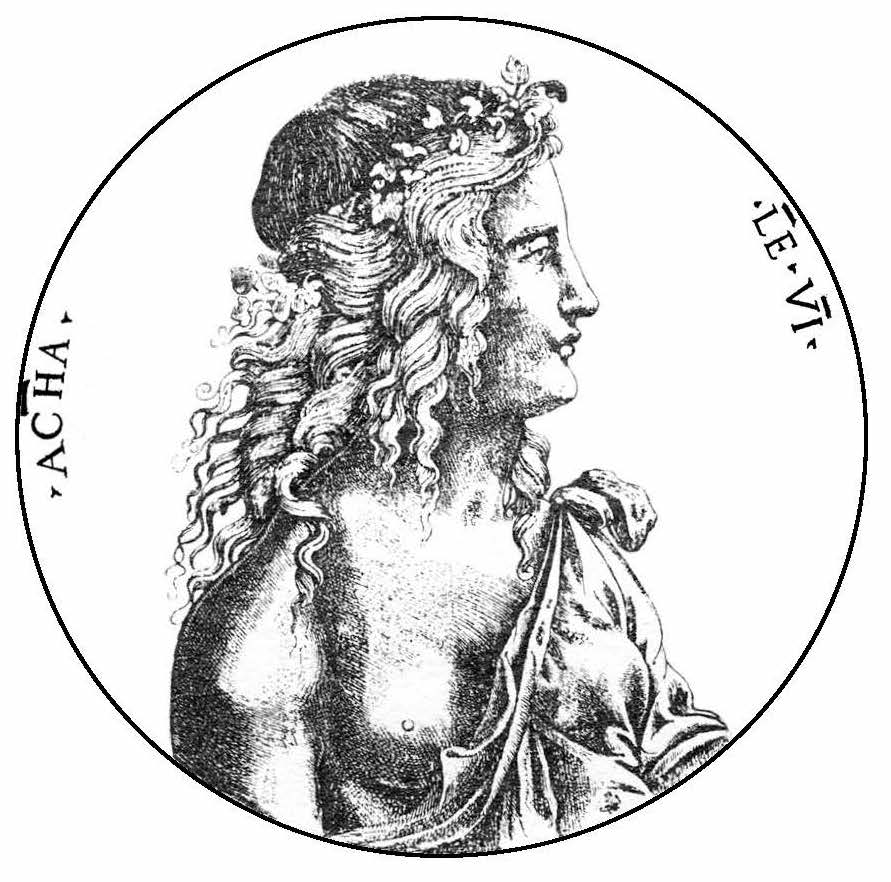Wheels for perpetual motion in unpublished Persian manuscripts and the passage to the Renaissance: mechanisms and machines
DOI:
https://doi.org/10.6093/2785-4337/8633Abstract
The Persian Mechanics manuscripts are almost unknown even to historians of Islamic science; they combine classical and Hellenistic Greek and Roman culture with the Renaissance and they are especially significant for Mathematics, and Mechanics particularly. The passage that will make possible to overcome the dichotomy between 'mechanisms' for pleasure and 'construction machines' and to reach the great results of the Renaissance yards is already ‘in nuce’ and evident in various Persian codes that we have been dealing with for a long time.
The Persian manuscripts on Heron’s Mechanics are more numerous than the Arabic ones; they contain remarkable novelties, Some codes present hydrostatic balances or wheels for perpetual motion, just like those we present. This study originates from the discovery of a second manuscript on the hydraulic wheel, which accompanies a Herodian code; it contains some interesting analogies with a short text contained in the Corpus of Mechanics of Isfizarī; it considers also the theoretical knowledge – in the field of Mathematics and mainly of Mechanics – which we will find in the Renaissance engineers.


